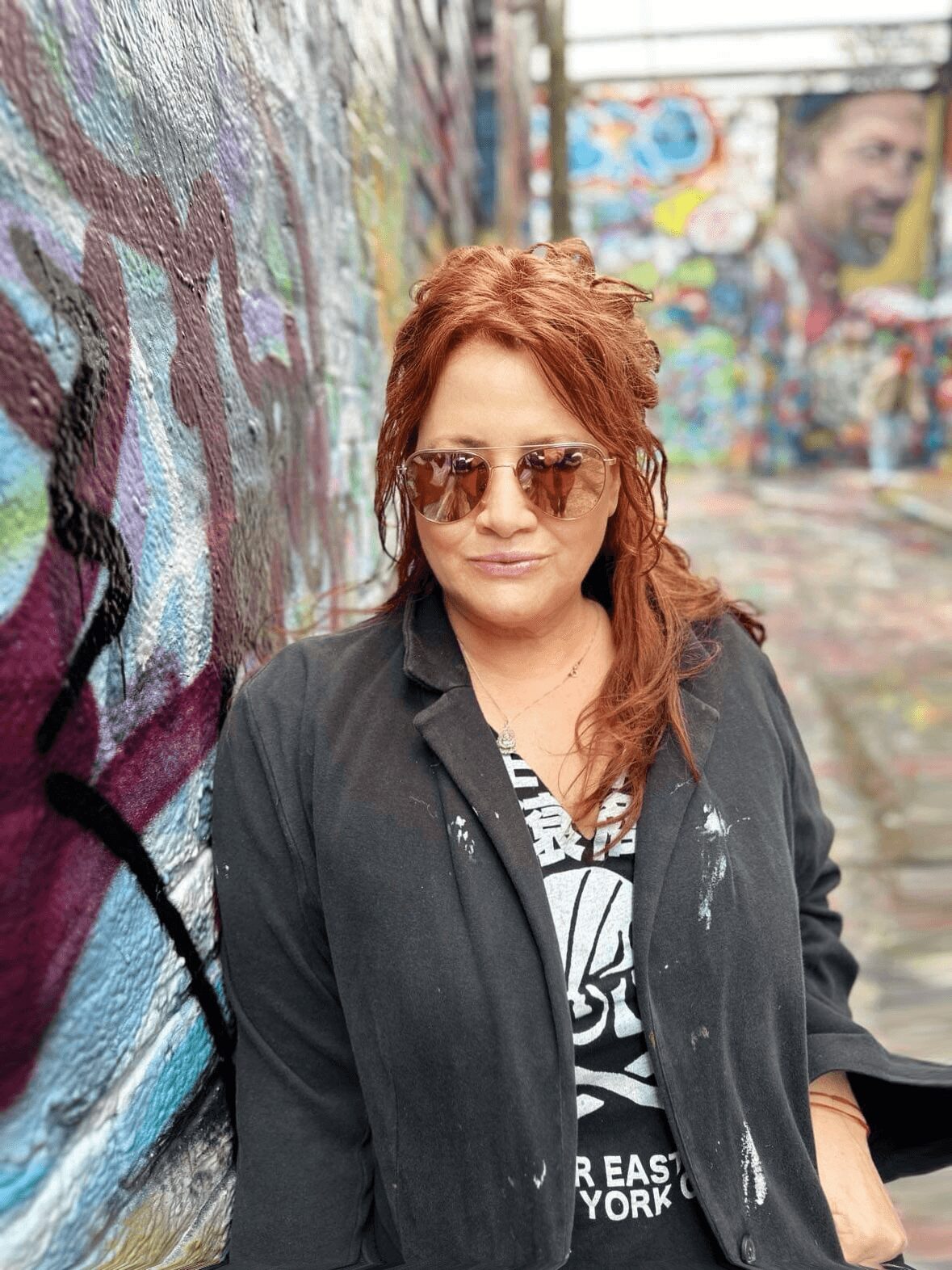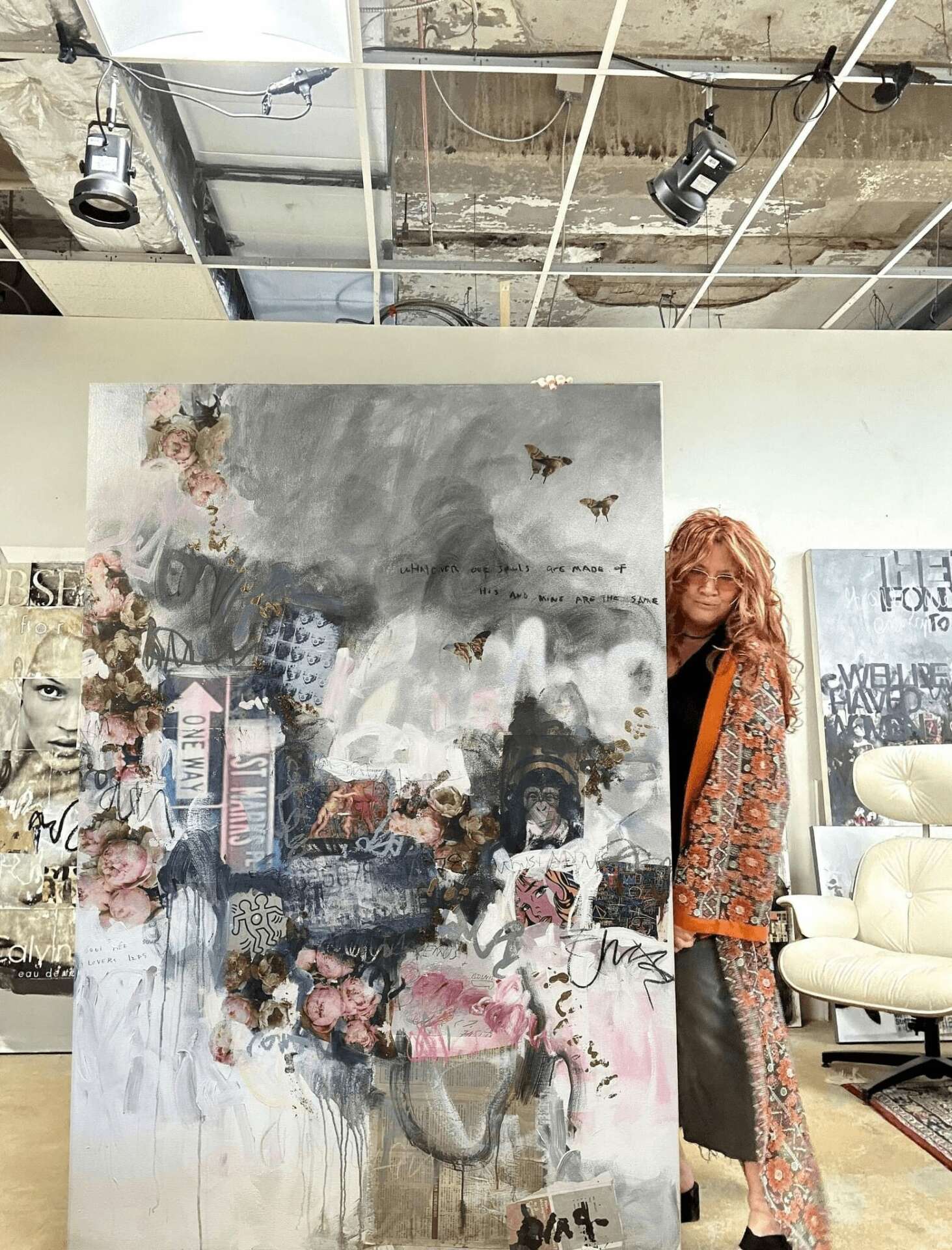We caught up with the brilliant and insightful Susan Washington a few weeks ago and have shared our conversation below.
Susan , thanks for joining us, excited to have you contributing your stories and insights. Are you able to earn a full-time living from your creative work? If so, can you walk us through your journey and how you made it happen?
I have earned a full-time living solely from selling my art for about 9 years now. Was it like that from day one? Not exactly—it took a lot of work to grow my art business. It wasn’t until I was in my 40s that I decided to become a full-time artist, although I had always painted. A friend who owned a small local gallery exhibited the first painting I finally decided to share in an exhibition. It sold the day after it was hung. For me, it was a validation that someone valued my work and wanted to live with it.
But selling art wasn’t really that simple. I had to create and grow this art business that I have. I think that’s key to success, besides obviously creating good authentic art. I have a background in fashion in advertising/marketing and having that was very helpful when it came time for me to grow my own business. I had to create a cohesive and strong body of work, create my personal brand, website, etc. I was living in the Poconos at the time, and although my first painting sold there, it was not really the best place to sell large-scale abstract art so I really focussed my attention on SEO on my website and social media. I realized I would have more success marketing my work online given the type of art I created and where I was living. By doing this I had access to thousands of potential collectors online, rather than just those walking past a gallery, I significantly expanded my reach.
Of course, it’s always great to see art in person and talk face to face (though we do have Zoom and Facetime calls) However more and more art is being sold online now than ever and it just makes sense to use social media and the art platforms that are available to your advantage. You are literally showcasing your artwork to thousands of potential art buyers. Just make sure you stay authentic because that will help you stick out from the rest and attract the right following.
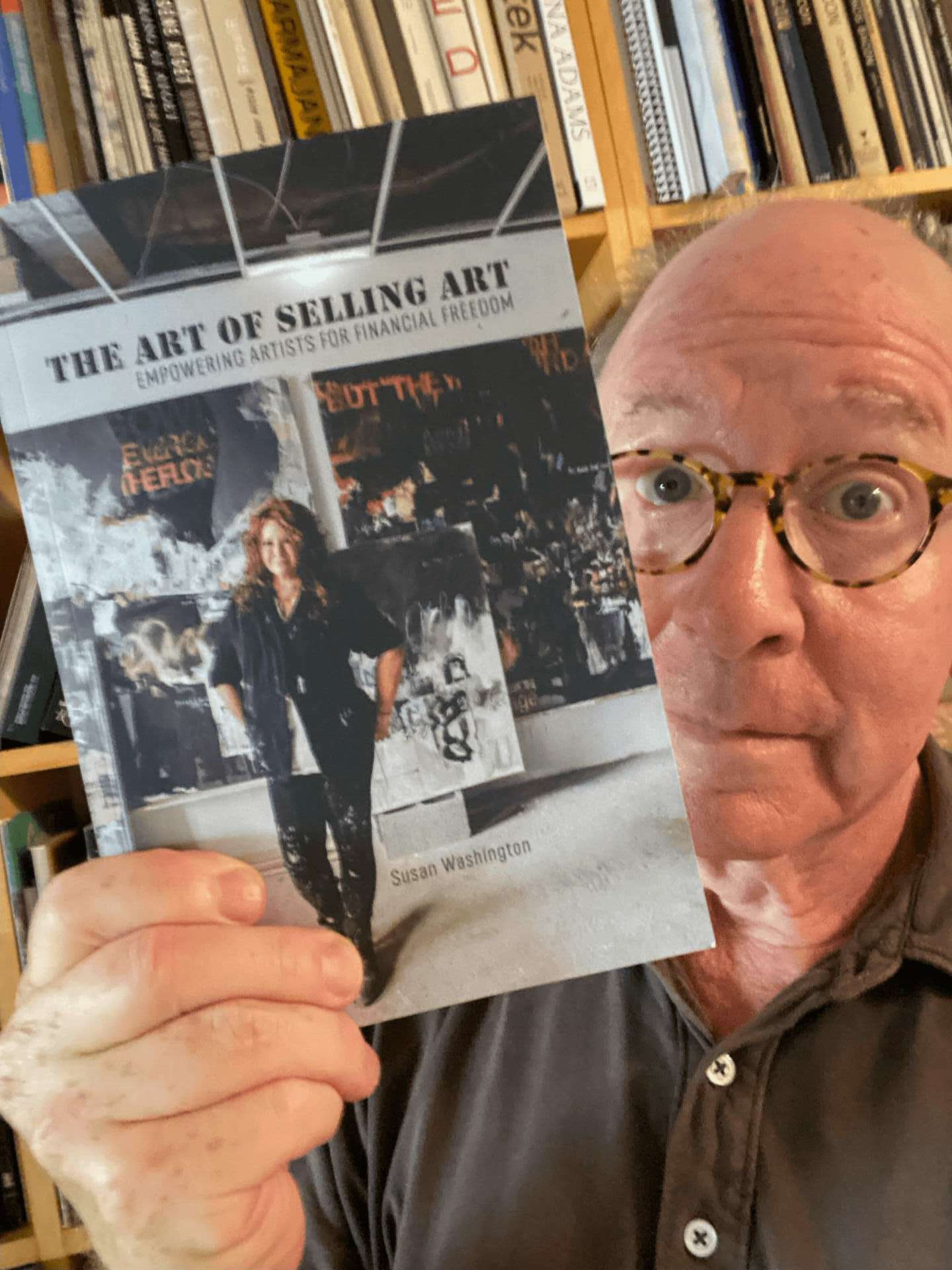
Susan , love having you share your insights with us. Before we ask you more questions, maybe you can take a moment to introduce yourself to our readers who might have missed our earlier conversations?
I’ve always been a painter and can’t remember a time when I wasn’t making something. We have several artists in our family, so it’s always been a part of my life. But instead of jumping straight into art, I spent over 20 years working in the fast-paced world of fashion in New York City. While I loved my career, I always felt like something was missing. I realized I was happiest when I was creating and decided to follow my dream of becoming a full-time painter.
Switching gears in my 40s was tough, especially with a family, but I did it. I bought a house in the Poconos and moved two hours from the city. I turned a big room in my home into a studio and started painting. When my friend, who owned a gallery, sold my first piece, I felt validated. I decided to go back to college for an art degree, thinking that as an older woman, I’d be taken more seriously with a degree. But after two years, I dropped out because I was selling so much of my work and needed time to create more.
I focused on creating a cohesive body of larger paintings and building my personal brand online. I explored several different bodies of work and sold most of them. It’s not easy; you have to be constantly creating new and better work. Then, you’ve got to wear a different hat: branding, marketing, making videos, talking to collectors about commissions, taking great photos of your work, and handling all the other business stuff. But despite the hard work, I wouldn’t trade it for anything. I feel incredibly lucky that I’m earning a living doing what I love most.
I think the main thing that stops many artists from making a living from their art is not seeing their practice as a business. Our art is personal, but once it’s created, we need to evaluate what we have, find our niche and market, develop our personal brand, create a plan, set goals, and build our creative business. A lot of artists see this as “selling out,” but it’s not. It doesn’t change what we create.
Embracing the business side of art is crucial for financial success unless you’re a blue-chip artist. This applies whether you sell your art independently, online, or through pop-ups. If you want to work with galleries, you need to make great art, of course, but also understand the art business, respond quickly and communicate effectively, and value and grow your relationship.
I’m most proud of staying authentic in my work. I refuse commissions that are overly managed by the client and never compromise my integrity. I’m also proud that in my 40s, I built a successful art career and business from scratch. My collectors know my personal brand: I always speak up, am honest, don’t take BS, and love empowering other women to follow their dreams and believe in themselves.
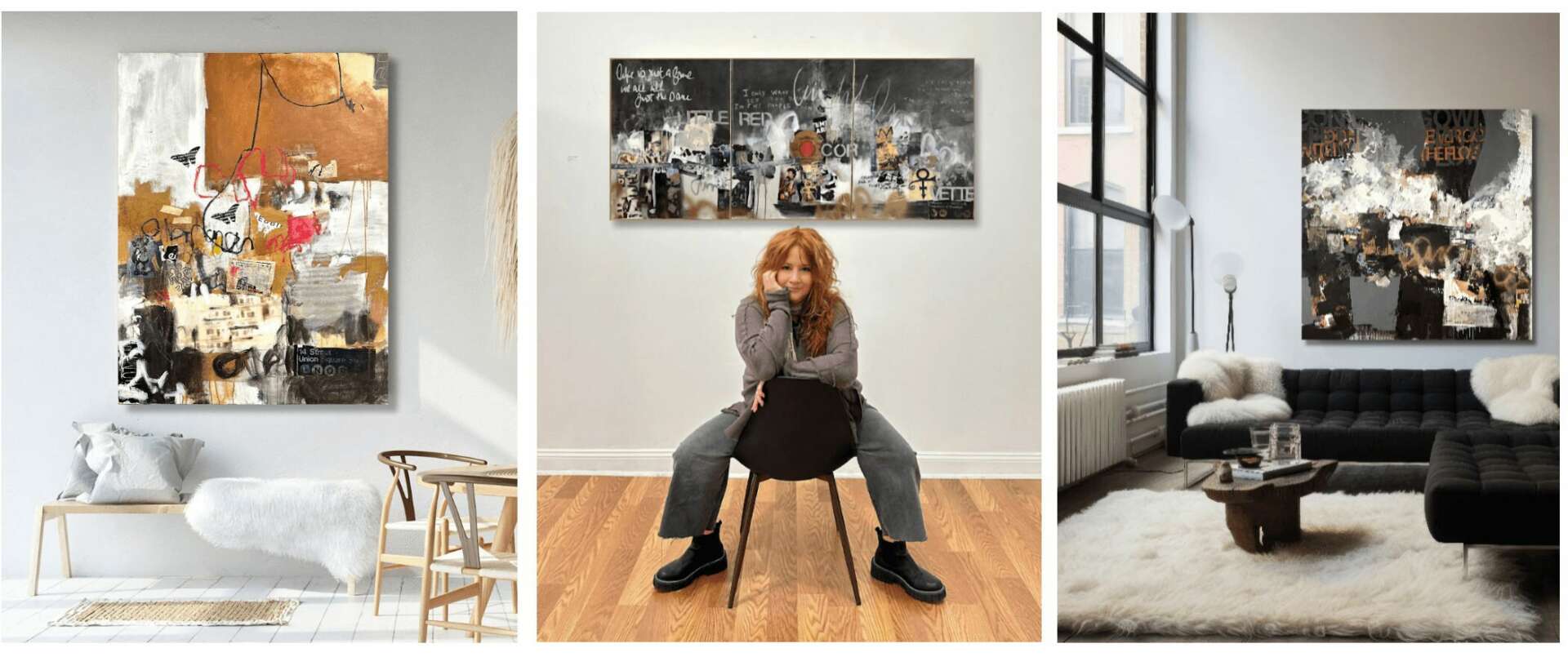
How did you build your audience on social media?
I wrote a book about this! “The Art of Selling Art: Empowering Artists for Financial Freedom.” In it, I talk a lot about building your audience, with a big focus on Instagram, finding your authentic voice, developing your personal brand, and much more. I share exactly what I did to succeed. It’s crucial to hone in on these aspects first because you want relevant and engaging content on your page before you start interacting and trying to grow your followers. Ultimately, your social media will grow because you’re creating content that people want to see, and you have an interesting personal brand that keeps people coming back for more. It’s not a quick fix but a long process, with quality over quantity being key.
Consider what your art says and how you want to share that with the world. Be authentic. You can be inspired by others, but own your originality; it makes you stand out because no one else is quite like you. The right people will find you because of that. From a visual artist’s perspective, it’s important to show images of my paintings in my messy studio. People love seeing where the magic happens. It’s also important to show my work in situ, in collectors’ homes, so potential buyers can visualize it in their own spaces. Show your face; people like to know the person behind the art. Introduce yourself every once in a while to your new followers. Encourage people to comment to create more engagement, because when others engage with you, Instagram shares it with more people. I also share bits of my personal life in stories—like a great restaurant in Baltimore or something fun I did—but if it’s unrelated to art, I usually test it out in my stories first. All this helps grow your audience.
But don’t just wait for people to come to you; go out and engage with others. They could be interior designers in your area. If you love their style or find something inspiring about their work, let them know in a post. Engage with others authentically and have something meaningful to say. Be relevant.
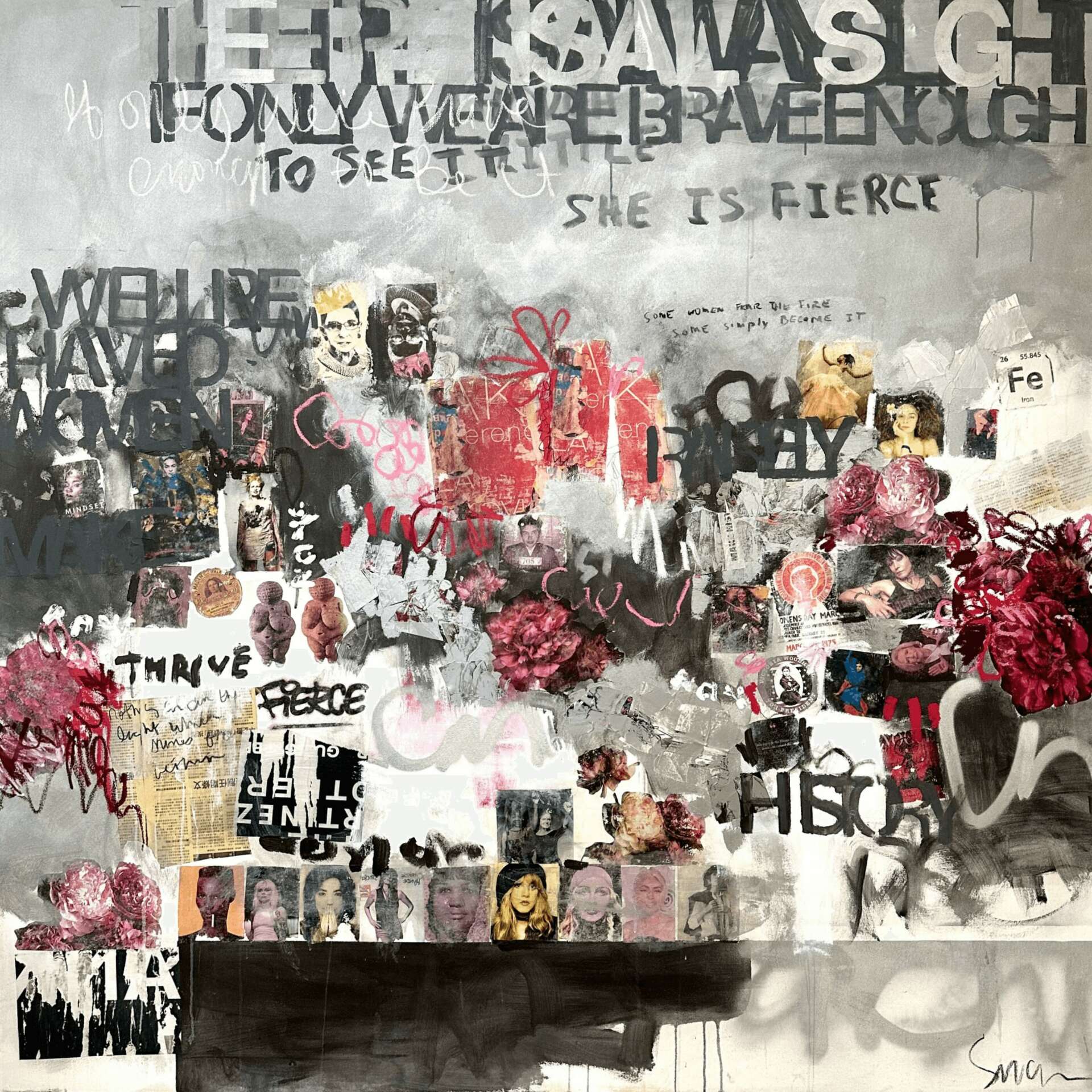
How can we best help foster a strong, supportive environment for artists and creatives?
In my opinion, society needs to have more respect for artists and what we do. Many people think that creating art is easy and, since we love what we do, we don’t mind sharing it for free. However, it’s not easy. We love it, we live it, but there are many challenges, frustrations, and canvases that never make the cut. People often question our pricing structure, which is typically well thought out, based on similar work, a track record of sales, and years of experience.
Artists are frequently taken advantage of, being asked to exhibit their work in a coffee shop for free or hang in a lawyer’s office for “exposure.” While there’s nothing wrong with displaying your work in a coffee shop to be part of your community and share your art, it’s another thing when organizations with the funds to buy artwork try to coax artists into showing it for free. It’s insulting. I wish people would understand that.
Recently, I saw a new building in my area that was seeking artists to hang their work for exposure. They paid architects, builders, permits, construction workers, and designers, but expected artists to beautify their office space for free. Why are artists the last to be thought of, and expected to work for ‘exposure’?
There are however, a few wonderful organizations, like one in DC I recently found out about. They value what we are doing, offer grants and funds to support artists and purchase art at the asking price to build a collection they lend out to government buildings. This is a great way to show appreciation, pay artists what they are worth, and beautify those walls.
And please, if you can afford it, stop negotiating with us. Imagine walking into a restaurant, having a big meal,
and then telling the server, “It was a great meal, but I think you’re charging too much for the steak, so I’ll pay you $20 instead of $75.” It’s the same for us as artists. Respect our prices and our work.
Contact Info:
- Website: https://www.susanwashingtonfineart.com
- Instagram: @susanwashingtonart
- Facebook: https://www.facebook.com/SusanWashingtonArt
- Youtube: @susanwashington864
- Other: Purchase the book: The Art of Selling Art: Empowering Artists for Financial Freedom on Amazon now! https://www.amazon.com/dp/B0CGKV3Z5X
